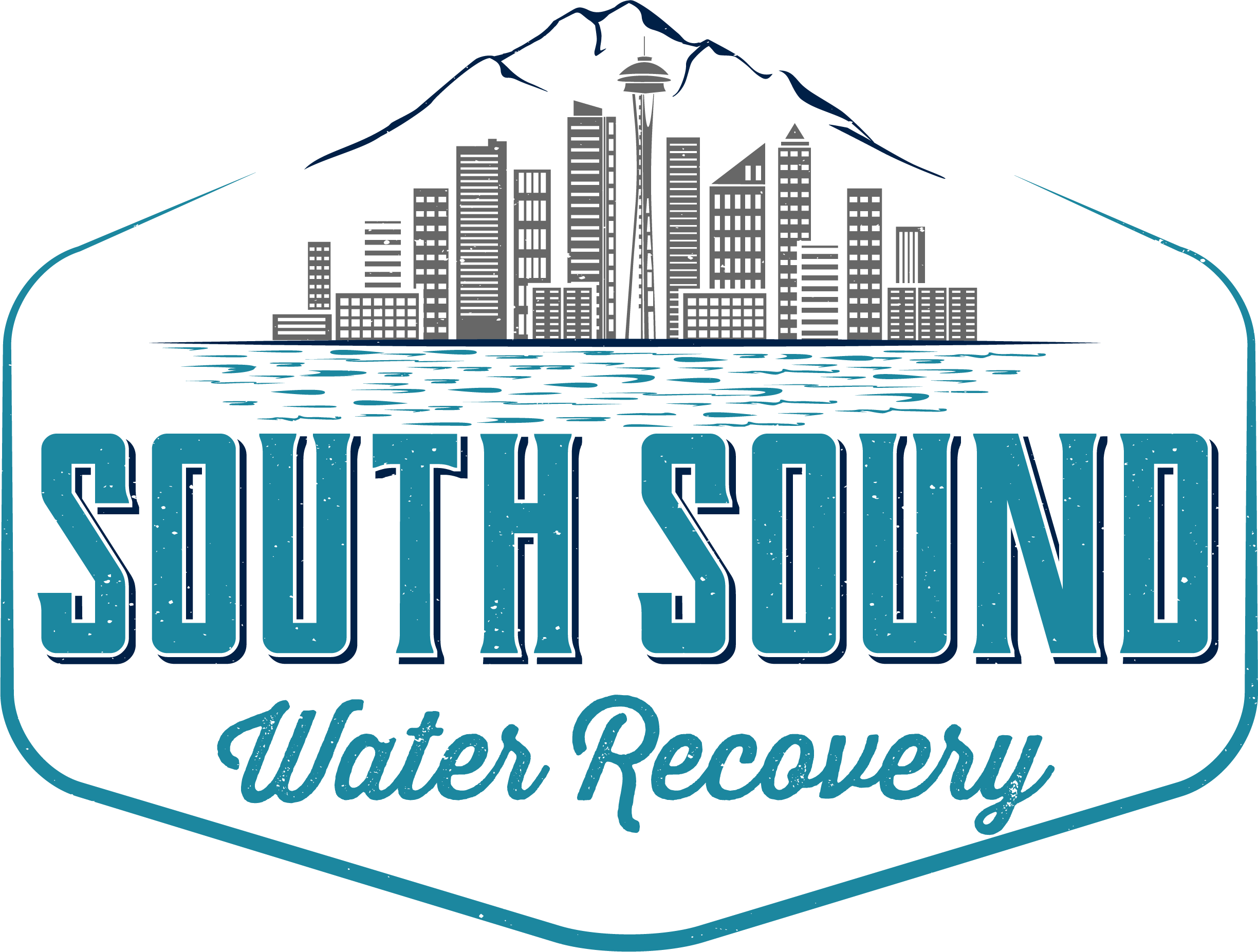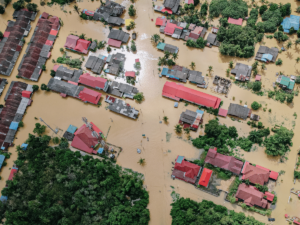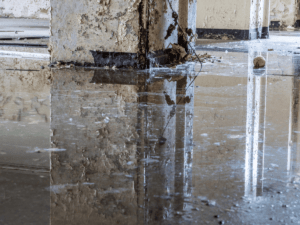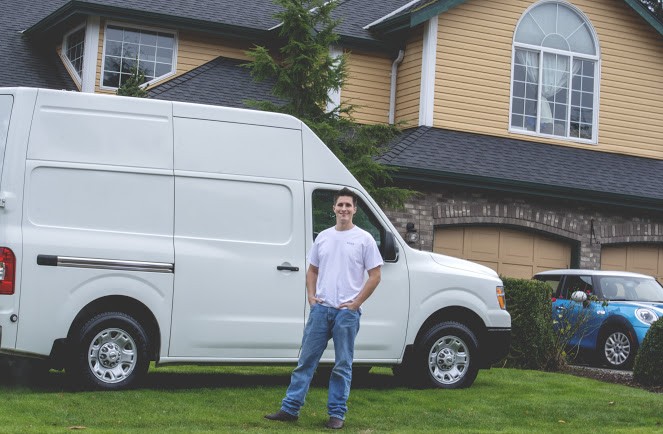Floods can strike suddenly, submerging homes and properties and causing extensive damage. Whether it’s a result of heavy rains, burst pipes, or natural disasters, dealing with flood damage can be overwhelming. In the aftermath of water damage, taking prompt and effective action is crucial to minimize further destruction and ensure the safety and habitability of your home.
This comprehensive guide will walk you through “The Essential Steps for Flood Damage Repair in Your Home.”
Assessing the Extent of Flood Damage
Assessing the extent of damage is the crucial first step in the process of restoring your home after a flood water. It’s essential to clearly understand the damage to determine the scope of repairs needed. Here’s how you can effectively assess the damage:
Safety First
Before entering your flooded home, ensure that it’s safe to do so. Check for any structural damage, electrical hazards, or gas leaks. If you’re unsure about safety, waiting for professionals to inspect your property is best.
Turn Off Utilities
If it’s safe to do so, turn off the main electrical and gas supplies to your home. This prevents the risk of electrical shocks and gas-related accidents.
Document the Damage
Begin by documenting the flood damage. Take photographs and videos of each affected area and item in your home. This documentation will be valuable for insurance claims and for tracking the progress of repairs.
Water Removal
Start the process of water removal as soon as possible. Use pumps, wet-dry vacuums, or hire professionals with specialized equipment to extract standing water from your home. The longer water remains, the greater the potential for structural damage and mold growth.
Structural Inspection
Inspect the structural components of your home, including the foundation, walls, and floors. Look for signs of damage, such as cracks, warping, or shifting. Structural issues may require immediate attention from professionals.
Electrical and HVAC Systems
Do not use any electrical appliances or HVAC systems until they have been inspected and cleared by professionals. Floodwater can damage these systems and pose a significant safety risk.
Assess Appliances and Furniture
Evaluate the condition of your appliances, furniture, and personal belongings. Items that have been submerged in floodwater may need to be professionally cleaned, repaired, or replaced.
Mold and Mildew Inspection
Be vigilant about mold and mildew growth. Mold can start to develop within 24-48 hours in damp conditions. Inspect walls, ceilings, and hidden spaces for signs of mold growth, such as musty odors or discoloration.
Contact Your Insurance Provider
Notify your insurance company about the flood damage. They will guide you through the claims process and provide information on coverage and reimbursement for repairs.
Professional Assessment
Consider hiring a professional water damage restoration company to assess your home thoroughly. They have the expertise to identify hidden damage and provide a comprehensive plan for restoration.
Safety First: Precautions during Flood Damage Repair

When it comes to flood damage repair, safety should always be your top priority. Dealing with the aftermath of a flood can be overwhelming, but taking the right precautions can help protect you and your family. Here are essential safety measures to follow during flood damage repair:
Ensure the Area Is Safe
Before entering your flood-damaged home, thoroughly assess its safety. Look for any visible signs of structural damage, such as sagging ceilings or walls, and avoid areas that appear unstable. If you suspect any issues with the structural integrity of your home, do not enter until it’s deemed safe by professionals.
Turn Off Utilities
As soon as it’s safe to do so, turn off the main electrical and gas supplies to your home. Floodwaters can damage electrical systems and pose a severe risk of electrical shocks or fires. Likewise, gas leaks can be hazardous. Contact utility providers if you’re unsure how to shut off these services safely.
Wear Protective Gear
When entering flood-damaged areas, wear appropriate protective gear, including rubber gloves, waterproof boots, and safety goggles. Floodwater can contain contaminants and pathogens that can be harmful if they come into contact with your skin or eyes.
Be Cautious of Contaminated Water
Assume that floodwater is contaminated with bacteria, viruses, chemicals, and sewage. Avoid direct contact with floodwater; use protective gear if you must interact with it. Wash your hands thoroughly with clean water and soap after any contact with floodwater.
Avoid Electrical Hazards
Do not use electrical appliances or touch electrical outlets or switches in flood-damaged areas until they have been inspected and cleared by a qualified electrician. Water and electricity are dangerous, and attempting to use electrical equipment prematurely can lead to accidents.
Use Caution with Generators
If you’re using a generator for power during flood damage repair, place it outdoors in a well-ventilated area, away from open windows, doors, or vents. Improper generator use can lead to carbon monoxide poisoning, which can be fatal.
Ventilation Is Key
Proper ventilation is essential to remove moisture and prevent mold growth. Open windows and doors to promote air circulation, but be cautious of safety hazards when doing so. Ensure that your home is secure from intruders while maintaining ventilation.
Be Wary of Wildlife
Floodwaters can displace wildlife, including snakes and insects. Be vigilant when entering flood-damaged areas, and take precautions to avoid encounters with potentially dangerous creatures.
Watch for Mold
Mold can begin to grow within 24-48 hours in damp conditions. Keep an eye out for any signs of mold growth, such as musty odors, discolored surfaces, or visible mold. If you suspect mold, avoid disturbing it and seek professional mold remediation services.

Seek Professional Assistance
Consider enlisting the help of professionals for flood damage repair. Certified restoration experts have the training and equipment to handle flood-damaged properties safely. They can assess potential hazards and implement the necessary precautions.
Why Choose South Sound Water Recovery?
When it comes to flood damage repair, South Sound Water Recovery offers unmatched expertise and a 24/7 emergency response. Our advanced equipment and comprehensive restoration approach ensure efficient and safe results, while our hassle-free insurance assistance simplifies the process for you. Choose us for quality and peace of mind in flood damage restoration.
